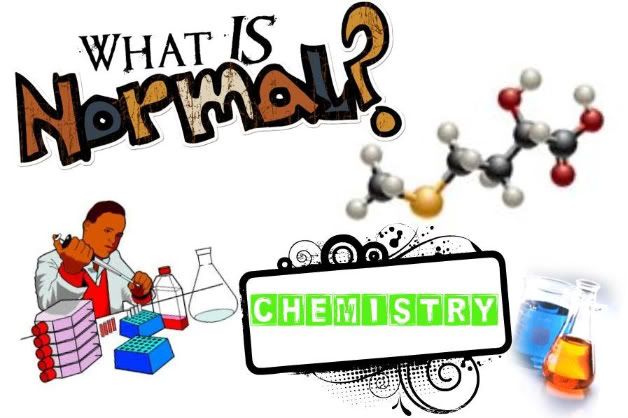
|
HeLLO Students
Through this blog, we hope to overcome the challenges posed by time constraint, in teaching all of you Chemistry and help to prepare you well for the coming national exam. |
|
|
wisHlisT♥
mY studeNts scorE A1 for exAmsgoing on holiday soon cHitChat♥
daNce awaY♥
liNkY♥
‡ Kuo CHuan Chemistry bLog‡ 4 Love chemistry wiki link ‡ Combined science classes website link tHe pasT♥
|
Answers for speed of reaction worksheet
Dear students,Below is the soft copy of answers for speed of reaction for your reference: http://www.4shared.com/file/95226777/da840eaf/Speed_of_reaction_worksheet_answers.html Prelim paper set A
Dear students,I am attaching the first prelim paper for your practice. Once I have most of the class emails, I will upload the subsequent papers into the wiki link. Please try after you have revised the topics instead of before so that you can gauge your understanding better. http://www.4shared.com/file/91240774/1de9d17a/Prelim2002P1.htm http://www.4shared.com/file/91240868/618eb2d/Prelim2002P2.html Assignments to complete and things to bring for March holidays lesson
Dear students,Please complete the following assignments before reporting for the March lessons. 1. MCQ on speed of reaction 2. Graphs on effect of concentration on speed of reaction. 3. structured questions on speed of reaction Please bring your workbook (if you have it with you) or the assignment on redox that was assigned to you earlier as I need to go through the data-based question. Other things to bring: 1. ammonia notes and worksheet (I will go through questions that you can't do) 2. speed of reaction notes and worksheets Chapter: Heat changes
For this chapter, you may wish to look through the link provided below:http://studio4learning.tv/sciences/chemistry/heat-in-chemistry/enthalpy/ Remember to refer back to notes and textbook when in doubt. Chapter: Electrolysis
At the end of the lesson, you should be able to:
Chapter: Ammonia
At the end of the chapter, you should be able to:
Ammonia Worksheet chapter: redox (textbook qns answers)
redox answer |
